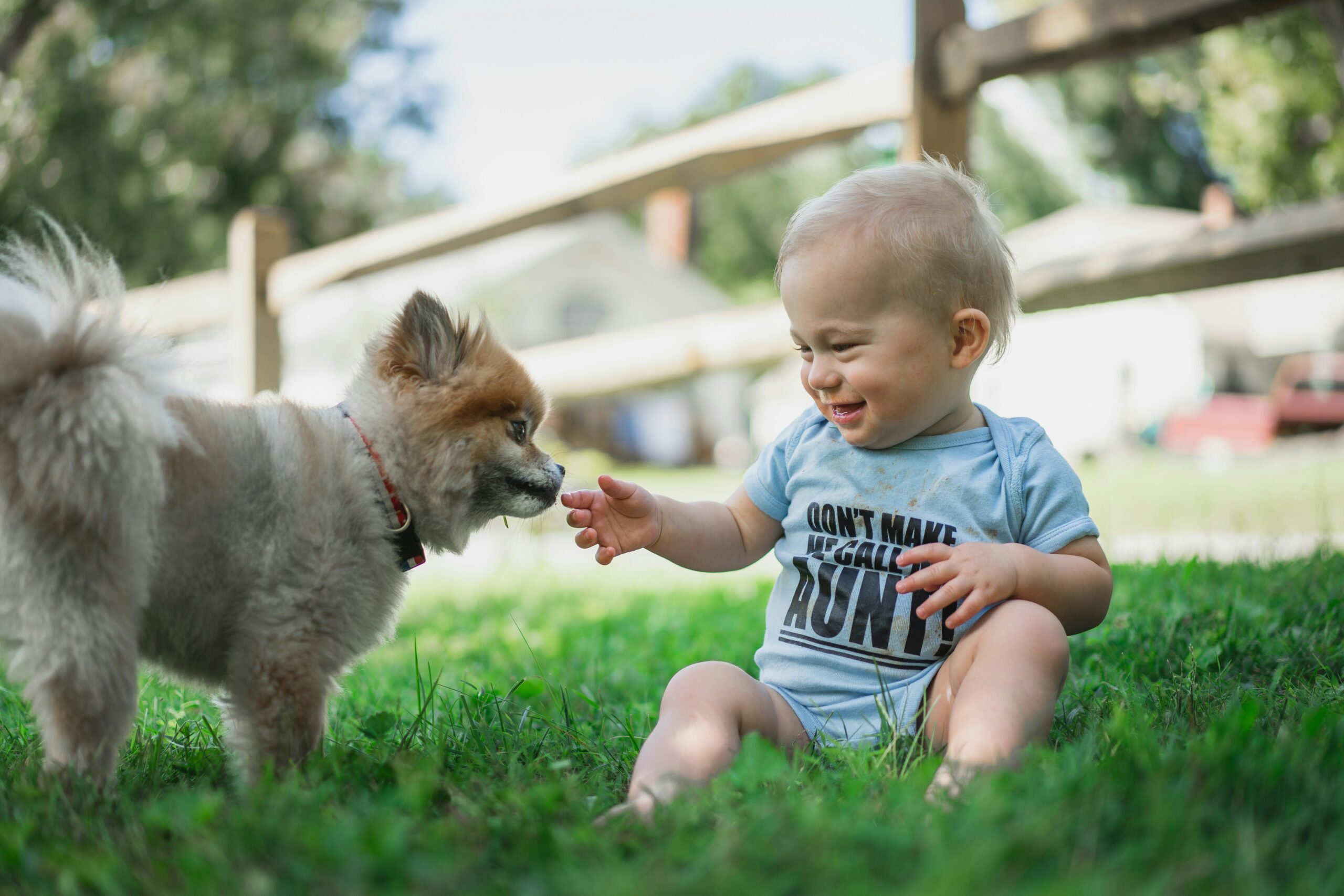Training a pet is hard work. But it won’t be as difficult if you have the right tools for the job. Training collars are a good representation of this type of device. As a result, both the dog and his owner have a better time during training. A dog’s experience with a training collar can be positive and effective if you use it correctly. The key is to get the right collar for your situation and use it correctly. In this piece, we will review the pros and cons of several training collars. As you’ll see, there’s a collar out there that’s perfect for your dog. You can always check out some Halo dog collar reviews if you want a more conclusive response.
Dog Training Collars: Popular Varieties
Many different types of collars can be used to train a dog successfully. Choose a collar for your dog based on its needs. Some collars are used to prevent bad behavior, while others are used to train good behavior. When starting with a small puppy still learning the ropes, a soft collar can help reinforce the behavior you want to see from them. A high-quality Halo Collar will exert pressure on your dog’s upper body and belly when they pull on the leash, effectively discouraging them from doing so. Misbehaving dogs can be properly disciplined with a prong collar by delivering sufficient pressure to deter more inappropriate behavior.
Prong Collar
Even though it has a negative reputation, the prong collar is a popular type of training collar. When the dog pulls, the collar presses on its neck to stop it from doing that. If you use this much force, your dog will be more obedient and less likely to pull on the leash. With the prong, you can teach your dog not to pull, rush on the leash, bark too loudly, or jump. At the same time, many people have different ideas about its usefulness. It can be the best teaching tool for dogs if it is used the right way. The hook collar shouldn’t be used on dogs with weak necks or small breeds.
Buckle Collar
The buckle collar is very common but doesn’t work well in training a dog. It fits most dogs because it is suitable for a wide range of dog breeds, but the feedback it gives is not good. A buckle collar might be fine for small dogs but not for big dogs because it doesn’t give you as much control. Your pup may pull on the leash without choking because the collar can be adjusted quickly. It might not be the best choice for larger pets because it is hard to handle.
Head Halters
Dogs can also wear head halters and harnesses, which look like a bridle for a human horse but don’t have reins. The Halti and Promise collars are two of the gentlest options for training your pet. The collar is padded and has two loops for attachment. One loop goes around the dog’s head, securing it; the other is used to bind the dog’s mouth. This collar operates on the same basis as a horse harness. The ability to control all overhead movements precisely is a significant benefit. This is the collar for a dog who pulls but doesn’t like having its neck prodded. This one is easier on their necks than choke chains and prong collars.
Some dogs with thicker necks may have difficulty wearing this collar because they can easily slip out of the loops. Some canines may try to pull these collars away from their faces by pawing at them. You’ll need to get used to this style of collar, too.
Choke Chain
Using a choke chain collar is another typical method of grabbing a dog’s attention. The metal links in this collar will lock tightly around your pet’s neck when you retract the leash. The choke chain will tighten around your dog’s neck if they pull on the leash or performs erratically, making him uncomfortable enough to stop pulling. This design poses a significant risk of choking or other neck injuries if the user is not careful. You should ensure your dog is comfortable in it and fits properly.
Conclusion – Choose Wisely!
This article summarizes the various dog training collars available and the specific circumstances in which each is advantageous. The Halti or Promise Collar is ideal for canines that pull and respond negatively to neck pressure. Instead of fretting about injuring themselves, it encourages them to walk normally.
You can always use an Easy Walk Harness if you need more than a standard collar but do not want to put your beloved companion at risk by using a strangulation collar. There are more than a few dog training harnesses on the market. Before purchasing dog training equipment, it is necessary to conduct research due to the variety available.
Photo credit: Photo by cottonbro studio: https://www.pexels.com/photo/a-cute-dog-with-collar-on-it-s-neck-5998700/
Did you find this city dog content helpful? Share it with a friend or link it to social media. Enjoy short clips of silly dogs? Best dog training videos? Holistic puppy training tips? Follow us on instagram @nydognanny or on YouTube at nydognanny. Have some news you needs to get to dog and cat parents stat? Email info@newyorkdognanny.com with your article pitch.




